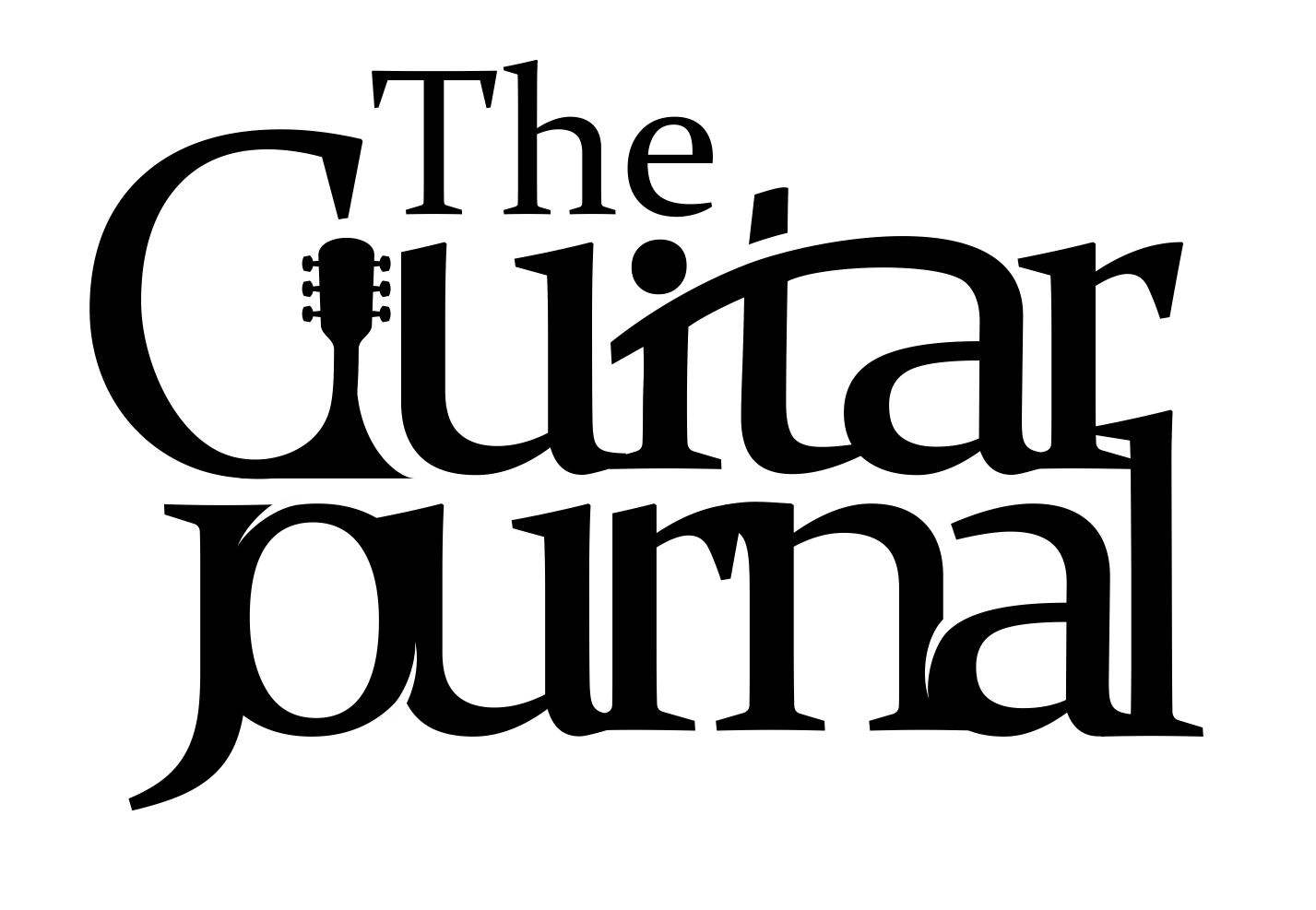An Introduction To Gypsy Jazz Lead Guitar
Gypsy jazz guitar is a unique guitar style that was created through the playing of the late virtuoso Django Reinhardt.
Django played guitar in such a novel way that he has since inspired musicians all around the world to take up this fun and accessible guitar style. Gypsy Jazz is characterised by swinging rhythm guitar, and virtuosic lead melodies and improvisations.
When learning to play gypsy jazz, it's very typical to study both the rhythm guitar and lead guitar components of the style You can find HD video courses in gypsy jazz rhythm and lead guitar at www.studygypsyjazz.com.
Let’s take a look at some of some of the aspects of tackling gypsy jazz lead guitar playing.
Picking Technique
Gypsy jazz lead guitar uses a specific picking technique called ‘Rest Stroke Picking.’ With this technique, there are two rules:
For every downstroke you play, the pick must pass through the string, and rest on the string underneath (except the high ‘e’ string).
Whenever you change strings, always use a downstroke.
By following these two rules of Rest Stroke Picking it is easier to produce a full and authentic gypsy jazz guitar sound.
The first rule ensures that the player ‘follows through’ when picking a string, allowing for strong and convincing attack. This also enhances picking accuracy; since the pick ends up resting on the string after a downstroke, the picking hand has a stable base from which to execute the next stroke.
The second rule means that any phrase started or continued on a new string has the strength of a downstroke behind it.
To get used to this technique, try the following exercises using open strings. Don’t forget to use rest strokes.

Applying Gypsy Jazz Guitar Picking To Melodies
The best way to get comfortable with gypsy jazz picking is to apply this new technique directly to learning a melody. This way you also get to start building up a repertoire of classic gypsy jazz tunes that you can play.Check out the following FREE video lesson, taken from the course Lead Guitar Fundamentals at Studygpsyjazz.com. In this lesson you will learn the melody to the popular gypsy jazz standard ‘Dark Eyes (Les Yeux Noirs).’ Dark eyes is a classic gypsy jazz anthem consisting of a short 16 bar form. The melody is generally played at least twice before moving to sections of improvisation.
In the video below, the melody is demonstrated in full, and then the picking and fingering are broken down for you to learn.
http://vimeo.com/177354384
Building Up A Vocabulary Of Tools For Improvising
Another important aspect of gypsy jazz lead guitar playing is to begin developing a vocabulary of tools for improvising, namely tools that are typical of the genre, and help you achieve ‘Django-like’ colours over the chord changes as you improvise.
Using arpeggios of the chord changes that are passing by is an improvisation approach that was favoured by Django. Django would often add embellishments to these arpeggios, whilst clearly outline the chord changes.
One of the most common and useful arpeggios in gypsy jazz is the ‘Multi Purpose Arpeggio.’ This arpeggio can be used over minor 6 chords, dominant 7th/9th chords, and minor 7b5 chords. The arpeggio outlines each of these of these chords, depending on which note in the arpeggio is considered as the root note.
Check out the following FREE video lesson to learn this very useful arpeggio. This lesson is again taken from the course Lead Guitar Fundamentals at Studygpsyjazz.com. The video includes on-screen notation, with picking directions and fingering to help you master the arpeggio at your own pace.
http://vimeo.com/177354397
There's Much More To This Exciting Style...
There’s so much more to learn when studying gypsy jazz lead guitar. Hopefully the above exercises and lessons have helped you get started and given you a taste of the genre.
If you’d like to pursue studying this style, please check out our comprehensive video courses at studygypsyjazz.com. You can also find gypsy jazz backing tracks and e-books.
All the best and have fun,
Harry Edwards
(Gypsy Jazz Guitar Tutor @ Studygypsyjazz.com)
Harry Edwards is a guitarist, performer and teacher from Tasmania, Australia. Harry holds a B.Mus. and has studied gypsy jazz extensively throughout Europe and the U.S.A. He teaches gypsy jazz guitar online at www.studygypsyjazz.com
Studygypsyjazz.com provides comprehensive gypsy jazz video tuition, as well as e-books and professionally recorded backing tracks.
